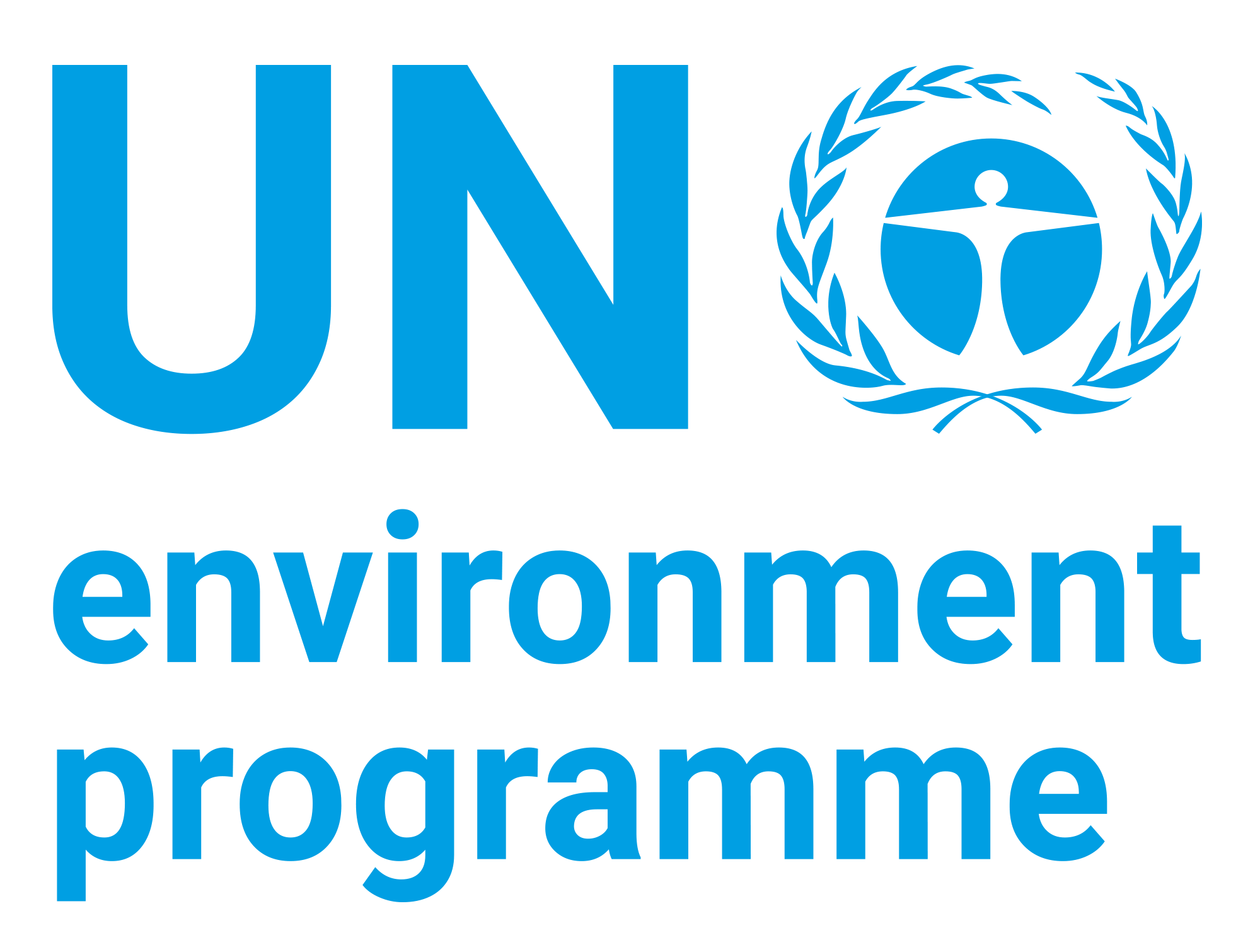| dc.contributor.author | United Nations Environment Programme World Conservation Monitoring Centre | |
| dc.coverage.spatial | Global | |
| dc.date.accessioned | 2016-10-11T20:08:47Z | |
| dc.date.available | 2016-10-11T20:08:47Z | |
| dc.date.issued | 1993 | |
| dc.identifier.uri | https://wedocs.unep.org/20.500.11822/8860 | |
| dc.description | While developed countries control most of the world's financial resources, it is the developing world that is home to most of its biological resources. This study provides an overview of the extent to which industry in the developed world relies on the biodiversity of the developing world. The first section of the report reviews the direct consumptive use, with fisheries and forestry the largest components. The remaining chapters examine two specific industrial inputs where biodiversity serves as an information source: the use of wild genetic resources in plant breeding and the use of substances derived from the wild in the pharmaceutical industry. The project was funded under the UK Government Darwin Initiative. | |
| dc.language | English | |
| dc.publisher | UNEP World Conservation Monitoring Centre (UNEP-WCMC) | |
| dc.rights | Public | en_US |
| dc.title | Industrial reliance on biodiversity. WCMC Biodiversity Series 7 (1997) | |
| dc.type | Reports, Books and Booklets | en_US |
| wd.identifier.sdg | SDG 14 - Life Below Water | en_US |
| wd.identifier.sdg | SDG 15 - Life on Land | en_US |
| wd.identifier.sdgio | http://purl.unep.org/sdg/SDGIO_00000048 | |
| wd.identifier.sdgio | http://purl.unep.org/sdg/SDGIO_00000049 | |


